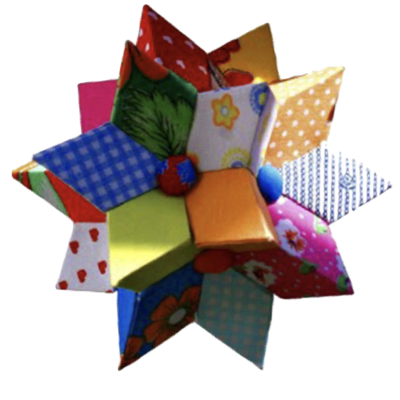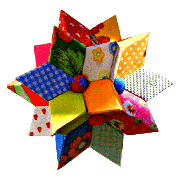Some cows are so sacred that any criticism of them is fraught with the risk of bumping up against entrenched cognitive bias. We are fantastically bad at recognizing that our beliefs are often not based on evidence but on self-interest.
Some of assessment for learning (A4L) strategies contain real merit if undertaken thoughtfully, but there’s a very real danger that the ‘big idea’ of A4L might be fundamentally, and fatally, flawed.
How to spot a liar: the hint of a smile and raised eyebrows.
The research findings indicate that students who are provided with regular opportunities and encouragement to engage in self-assessment are more likely to attribute their learning to internal beliefs (i.e. students believe they can have an impact on their own learning). When teachers involve their students in monitoring their own progress, students were more autonomous and were more likely to understand the real causes of their academic success, such as learning, effort and studying.
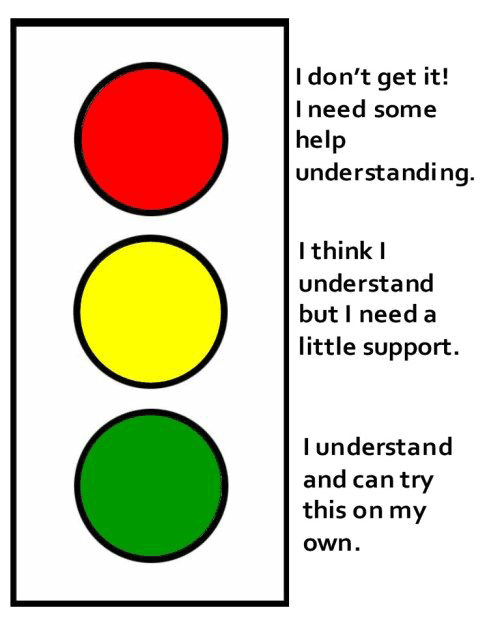
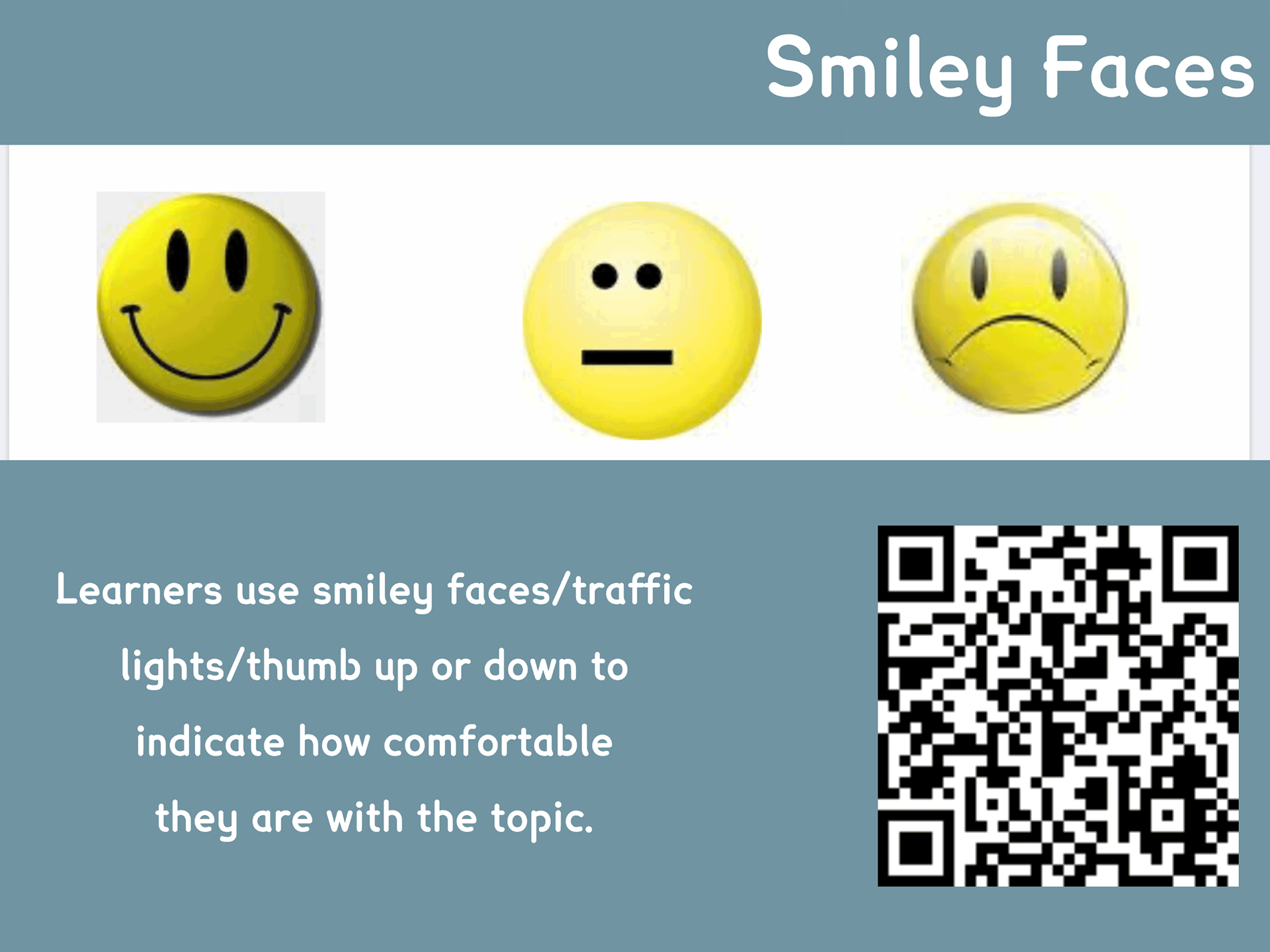
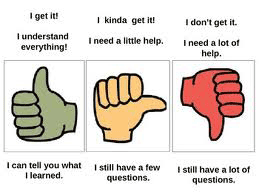
The assessment which is simple and quick--letting you know immediately how well the students are understanding the concepts is the thumbs up and thumbs down technique. Just ask them how well they "get it" by giving a thumbs up or thumbs down sign. Some teachers also allow them to show degrees of understanding by putting their thumb anywhere on the spectrum between up and down. To hold students more accountable for their “truthfulness” the teacher can call on someone who signaled a thumb up to explain the concept to the class, or partner students who understand with those who don’t and let them teach each other for a few minutes.
Some (most?) students are not comfortable to be honest when they are struggling for various reasons.We have to think about why students are saying they do understand when they clearly don’t: If nothing has changed in long-term memory, nothing has been learned(Kirschner, Sweller & Clark).
During the lesson students hold or display a card where the teacher can see it. The green card is used when they are following along, the yellow cards signal to a teacher to consider slowing down or explaining the same differently. The red card is used when they don't understand. Carol Dweck points out that for some (most?) students it is more important to be right than to learn: Mastery of the content does not imply understanding.
Dr. V. Portnyh prefers his students to do mathematics in his presence in order to observe their thinking and support them when 'struggling with maths is no longer supportive of learning.' He says: 'It would be a complete disaster to see many green cards when I am teaching: without cognitive struggle there is no learning and, therefore, I would be wasting my students' time."
I nailed it!
I am all right.
I am not there yet.
"I nailed it!" is green card equivalent: all learners are required to share the piece of work he or she has just completed and is proud of by taking a photo of it and submitting it to our The Book of Chronicles "Mathematics: I nailed it!" .
"I am all right" is used instead of the yellow cards. Make a note that our learners do not need to solve the problem or know how to do it to be all right about it.
"I am not there yet" would be a red card in GCSE Maths. At Spikey U we use the best endeavours to get every learner where he or she needs to be with mathematics.
For Educators
